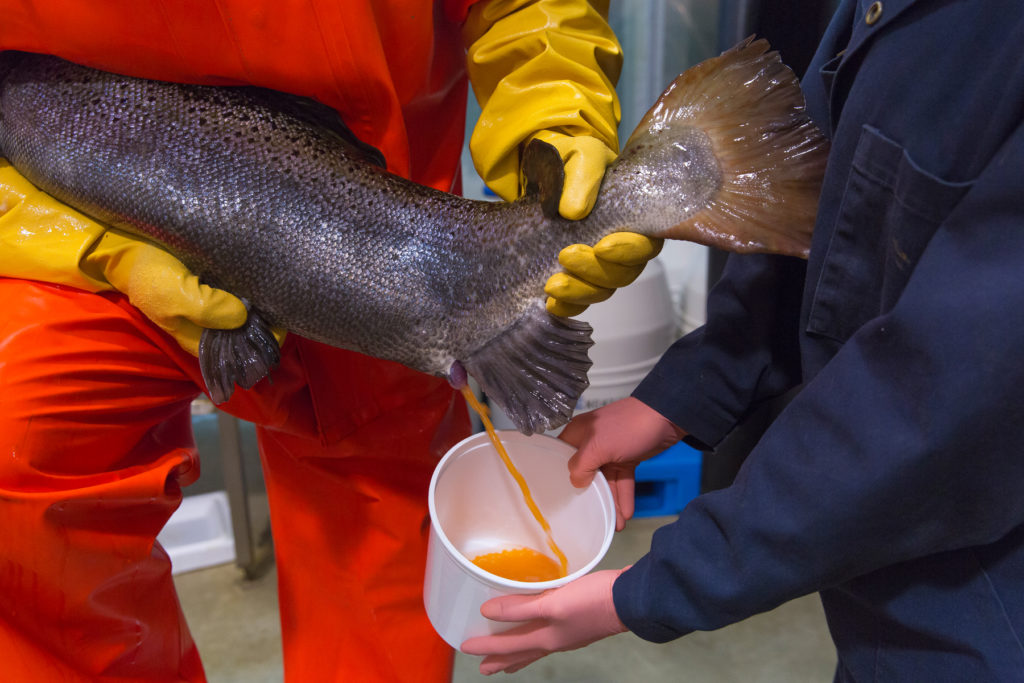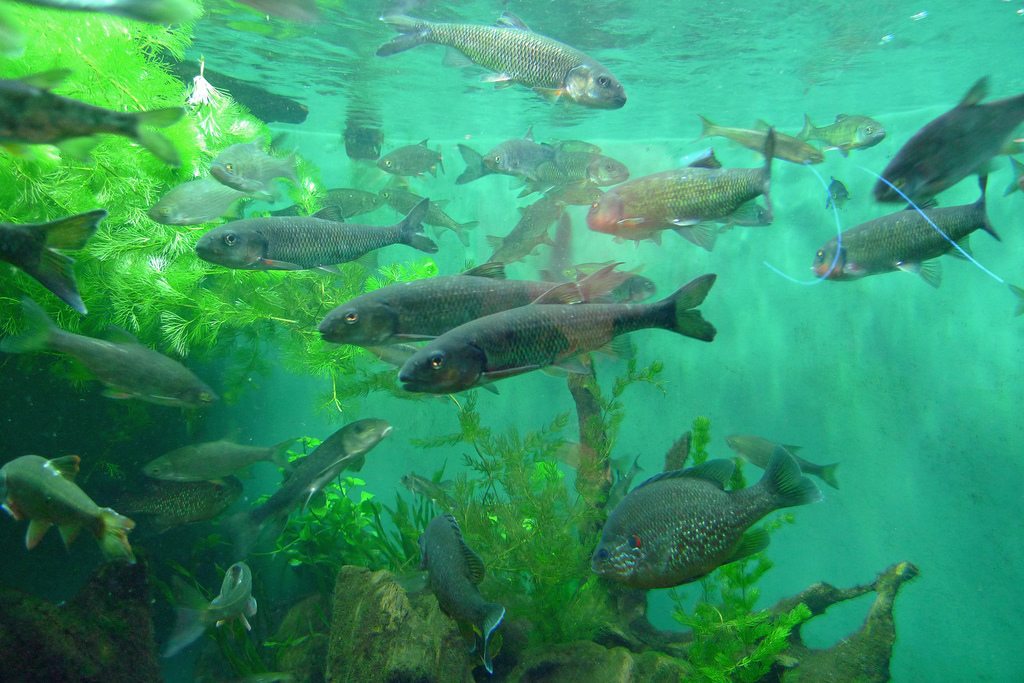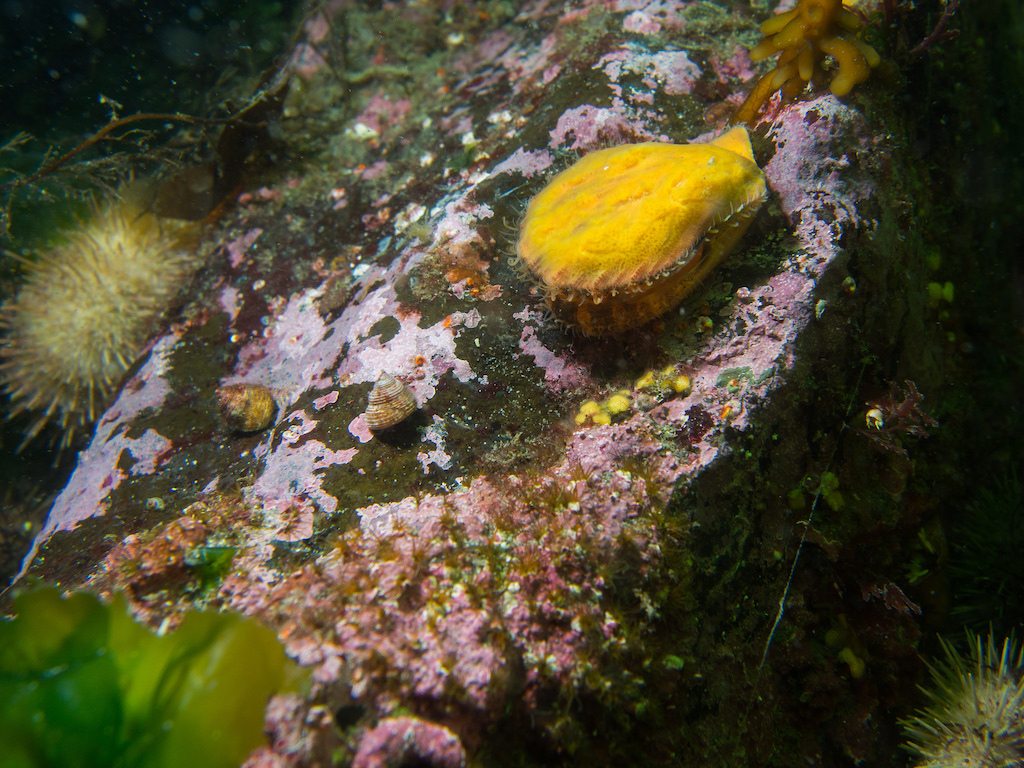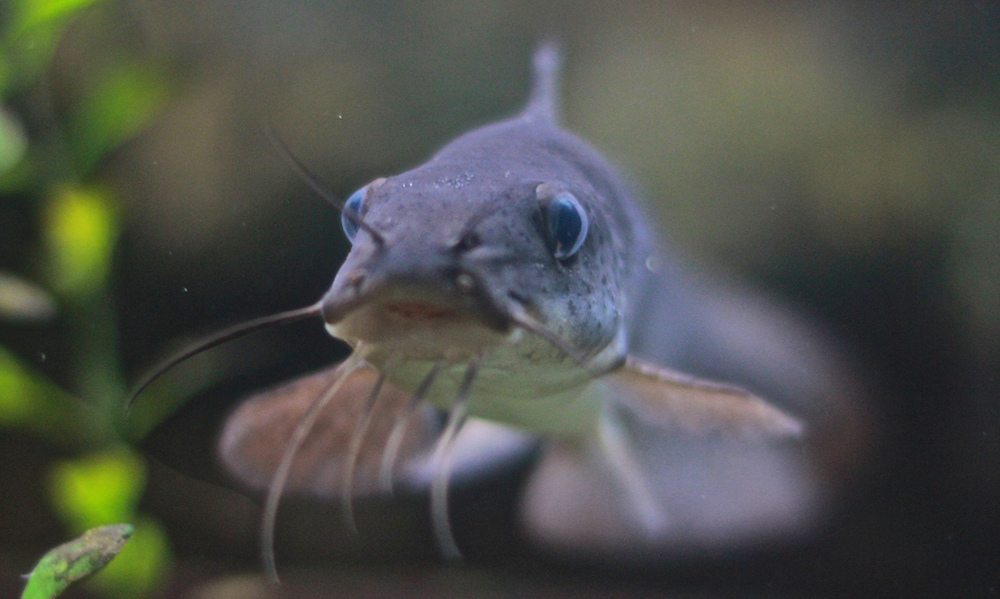
AquaBounty
Eggs that will hatch into the United States’ first genetically engineered salmon approved for human consumption have finally arrived stateside. On Wednesday, May 29, the eggs—developed by Massachusetts-based biotechnology company AquaBounty—were harvested in Canada, then shipped to the firm’s facility in Albany, Indiana. Their journey started long before last week, though.
First reported by The Chicago Tribune, the delivery is the latest development in the long-winded, often contentious battle to introduce genetically engineered seafood into America’s food system. Development of AquaBounty’s salmon product, called AquAdvantage, began in the 1990s in Canada, where the fish has been commercially available since 2016. As my colleague reported, the company created its proprietary species by adding genes from Chinook salmon and ocean pout to Atlantic salmon. In doing so, they created a fish that grows twice as quickly as conventional Atlantic salmon, and on fewer resources.
In 2017, thousands of farmed Atlantic salmon escaped from an aquaculture pen in Washington state. Local fishermen feared that the escaped salmon would increase competition for food among wild fish and spread disease. Locals were encouraged to capture as many escaped salmon as possible.
Not that it would really matter too much—FDA requires AquAdvantage to be sterile. FDA did not, however, require AquAdvantage to be labeled as “genetically engineered.”
Then, in 2016, FDA imposed an import ban on AquAdvantage, as urged by Congress, which was working on its own set of labeling rules for genetically engineered foods. Former FDA Commissioner Scott Gottlieb announced an end to the import ban in March, after USDA issued guidelines about the labeling of all genetically engineered foods, including seafood.
AquaBounty hasn’t been shy about the fact that AquAdvantage is, in fact, genetically engineered. Opponents of genetic engineering have ridiculed it as “FrankenFish.” However, in mid-May, Undercurrent News reported that AquaBounty CEO Sylvia Wulf leaned into the term at a seafood conference: “Let’s applaud the Frankenfish, because it’s designed to solve real-world global challenges.”
Wulf was likely referring to the rising demand for seafood, which is increasing strain on the finite resources of the ocean. Like many aquaculture companies, AquaBounty claims that its farmed fish will reduce the seafood industry’s reliance on wild stocks—though a number of studies have found that aquaculture still depends heavily on marine resources.
According to the Tribune, AquaBounty expects to launch its first commercial product in late 2020.










